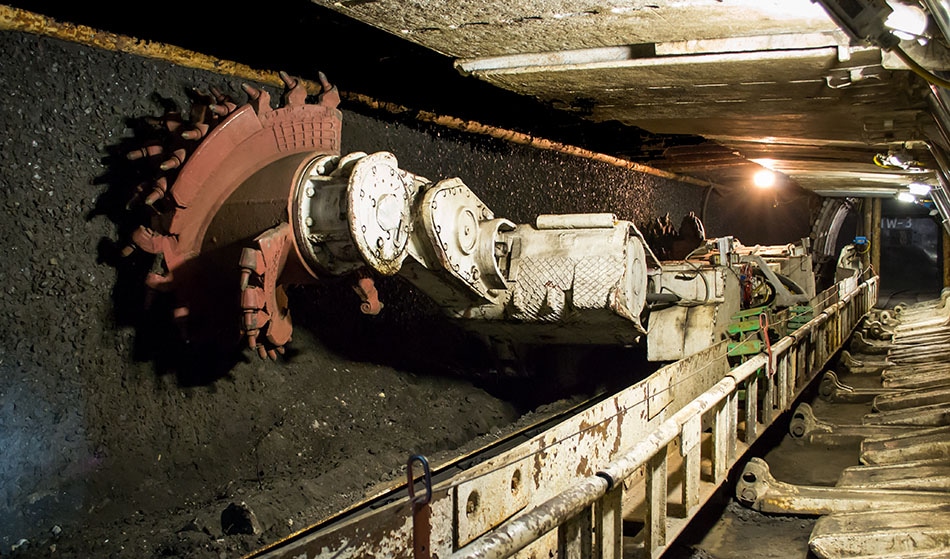Mining operations across Ohio have had untold environmental impacts on the state’s groundwater. But now, researchers from Ohio University are using a different kind of mining, data mining, to extract new insights and forge a software tool that could be used to anticipate how groundwater will respond to mining operations.
The new project involves digging through four decades of datasets from mining companies and state regulatory agencies to create geological and hydrogeological models.
 Photo credit: medvedsanders/Shutterstock
Photo credit: medvedsanders/Shutterstock
Ohio's long history of resource extraction has had lasting environmental consequences for the state, most noticeably as crimson, toxic rivers of acid mine drainage. It's a problem that's affected south-eastern Ohio for more than a century.
Acid mine drainage takes place when pyrite, a mineral in coal, is subjected to both water and oxygen. The reaction often starts in underground pools that develop in coal mines, which can then discharge into the outside environment. This discharge can decimate the biology and chemistry of nearby waterways, which then affects the region's surface water.
Currently, regulators and mining businesses do not have a precise, technology-based system for determining the likelihood of mine pool formation, and remediation of mine discharge can cost millions of dollars annually.
To address this problem, the Ohio University researchers are organizing immense quantities of information; sifting through hundreds of thousands of pages of mining permits and records gathered by the Ohio Department of Natural Resources and putting it into an online repository. The team is on the lookout for 'useable' data points such as well and borehole locations, static water levels and overall depth of wells.
Quality assurance is a vital part of this stage of the research. The information management team has been diligently contrasting the entered information to the original permits and records, looking for error patterns and make adjustments accordingly. All of this work will be invaluable for the upcoming analysis, modelling, and eventually, tool creation.
The team is also currently projecting data into files for GIS mapping and running multi-variable statistical evaluations on the mined data. Among the greatest difficulties with unpacking this information, figuring out the precise elevation and aquifer rock-layers discovered in the surrounding area, with minimal geographic data on the wells by using decades-old permits.
"In Ohio, sometimes they're very hard to identify because the layers are very thin, so it's hard to determine where those differentiating layers are," team member Lindsey Shafer, a geological sciences graduate student, said in a news release.
Knowing where the water wells meet with various rock layers among different aquifers may help stop on-going drinking water contamination from old mining operations.
The ultimate objective of the project, Schafer noted, is to generate a GIS-based prediction tool that can be used to avoid future ecological disruptions due to acid mine drainage. The entire team said they are motivated by the chance to make a positive impact on a major regional environmental issue.
"Acid mine drainage is a very expensive reclamation problem in Ohio,” Schafer said. “Instead of spending all this money to fix it after the mine has already been exploited, it would be more beneficial to try and reduce the environmental impact of the mines before they go in and start mining.”
Last month, the research team previewed their preliminary findings to officials from Ohio agencies and mining industries that have supplied data to the project. Team member Frederick Twumasi, another graduate student at the university, said the meeting was highly interactive.
"We told them what we found, they also told us what they really expect from us, and at the end of the day they were so happy at the progress we've made.”
Disclaimer: The views expressed here are those of the author expressed in their private capacity and do not necessarily represent the views of AZoM.com Limited T/A AZoNetwork the owner and operator of this website. This disclaimer forms part of the Terms and conditions of use of this website.